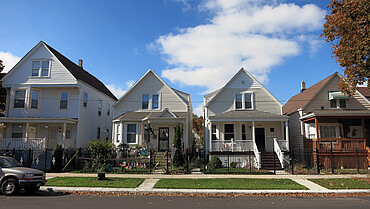Abstract
In 2017, after years of restructuring following the US financial crisis, the PulteGroup, a leading homebuilding company, was poised for the future. The PulteGroup barely survived the 2006 downturn, but went on to implement value-creation and cost efficiencies in every sector of its business, merge with a competitor in a different geographic sector, and acquire another competitor in the luxury segment. By 2017, analysts concluded that the company was in good financial health. Additionally, the shortage of new home construction following the financial crisis had led to a sellers' market. However, the repercussions of the financial crisis had devastated potential buyers and permanently changed the dynamics of the homebuilding industry. Amid the uncertainties of its market segments, could PulteGroup somehow tap into its youngest but most eager segment, the millenials, to generate new growth?
Citation Note
Based on published sources; 17 pages.
Follow the 'handle' link to access the Case Study on RePub.
For EUR staff members: the Teaching Note is available on request, you can contact us at rsm.nl/cdc/contact/
For external users: follow the link to purchase the Case Study and the Teaching Note.
Objective
1. To understand market segmentation in the home building industry. 2. To understand how demographics affect home purchases. 3. To understand how the financial crisis of 2009 impacted millenials and baby boomers. 4. To discuss unethical mortgage practices. 5. To discuss labor markets for the home building industry.
